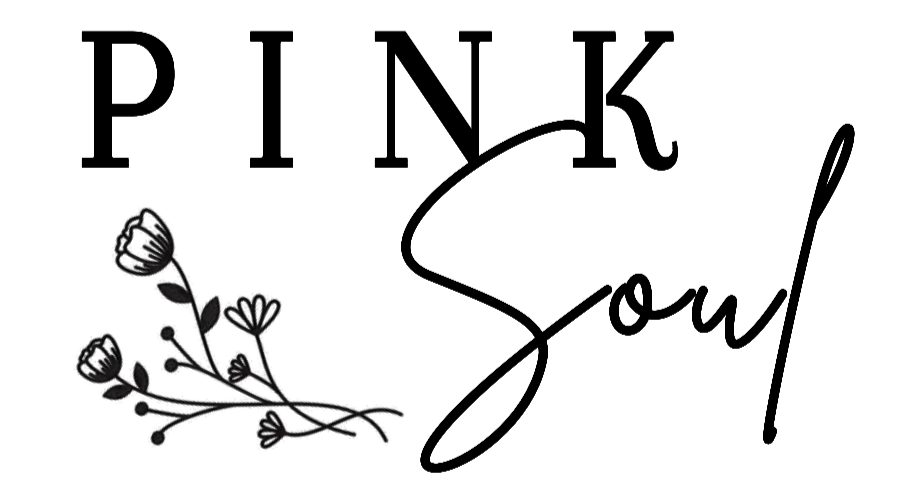Identify Different Types of Pimples & Learn How to Treat Them

Ever found it difficult to differentiate between those unwelcome spots on your face??
You all must have had your share of regular bouts of pimples in high school. But as you leave puberty long behind, you can certainly not blame your hormones for these pimples. Besides, unless you understand what type of pimple you have on your skin, you can not treat it properly.
In this blog we have decoded the different types of pimples and their causes so you can treat them and look after your skin in a better way…….
White Pimples
More specifically referred to as whiteheads, in medical terms these pimples are fastened comedones. Since it’s the early phase of acne, it basically suggests that the pores are congested with sebum, dead cells and oil. If you remove the whiteheads and treat them properly in due time, you will not have to face the irony of evident acne spots that we all fear.
Where does it appear?
Face, back, chest, neck and shoulders (sometimes)
Treatment
You can easily remove whiteheads in the comfort of your home. All you need is small cotton pads for thorough cleansing to prevent any excessive oil from accumulating on your skin.
with gentle pressure on either side of the whitehead, pop it out. If the whitehead for some reason doesn’t come out, stop right there without exerting further pressure. Finally rinse your face and wipe it dry.
Honey mask, aloevera, tea tree oil and witch hazel are found in best skin care products for pimples.
Blackheads
These uncovered comdeones also indicate the early stages of acne, when the pores are blocked with a collection of oil and dead skin that finally grows to your skin surface. What happens is that the surrounding air causes oxidation of these white spots collected around your pores turning them black in color.
Therefore, it is suggested that you manually extract the removable ones but at all costs avoid manipulating or forcibly eradicating the stubborn ones. This is because this can only lead to asserting the infection at the affected part furthermore and exacerbate acne and blemishes.
Where does it appear?
Face, back, chest, neck, arms and shoulders
Treatment
The simplest method to get rid of blackheads is through gentle scrubbing. You can use all types of natural ingredients like sugar and lemon, honey and oats, coffee and rice extracts in combination with one another as masks are best ways to get rid of pimples. These act as exfoliators and remove the jammed-up impurities in the epidermis.
Steaming is another great idea. You can use a facial steamer which is available readily in every drug store. This loosens the pores and helps for better extraction.
Red Bumps
Also identified as papules, these red bumps are associated with the next stage of acne and are a result of infected blackheads. As the pimples are contaminated and inflamed by the P.acnes bacteria which forms the natural bacterial flora of your skin surface, the walls of your skin get completely damaged. This explains the pain you feel when you touch these red bumps. However, you can look at the bright side, since these do not cause any scarring on your skin.
Where does it appear?
Face majorly
Treatment
To treat this type of pimple you can use a mild exfoliant in your skincare regime twice a day. This will ensure that your pores are clean from deep within. You should go for a pH adjusted glycolic acid which are best products for pimples. This eradicates dead cells from your skin while being gentle enough for everyday use
Pustules
Characterized by red spots with a yellow dot in the center, these pimples are generally known to coexist with papules.
Where does it appear?
face, chest and back
Treatment
For pustules the best method to go about is by gently washing the affected area with a cleanser twice a day. You can also apply calamine lotion, salicylic acid and benzoyl peroxide which are the best skin care products for pimples.
Cystic Acne
This is no joke! Being the last stage of acne, this is triggered by the infection running deep within your skin, giving way to huge spots bursting with pus. It’s also largely a work of hormonal changes and genetics. This type of pimple usually results in permanent marks and scars and is very tough to treat.
Where does it appear?
face, chest, neck, back, and arms
Treatment
You can treat cystic acne by applying topical skincare ingredients like benzoyl peroxide and salicylic acid infused serum for pimples. But you can also go for antibiotics and probiotics to nix bacteria. This will require a trip to the dermatologist but it's worth the try!
LED light therapy is also a viable option. Thanks to the advanced skincare products you can get many affordable choices among red light as well as blue light therapy to fight inflammation and bacteria that triggers this type of acne in the first place.
Hard Brown Bumps
Nodules are visually recognized as stiff, brown bumps which specify deep acne infection in your skin and are generally prevalent in adult acne. These pus free knotted bumps are awfully painful and take their sweet time to settle down. Another downside? These typically come with bad blemishing.
Where does it appear?
Face majorly
Treatment
Hard brown bumps are easily treated by applying 2 percent benzoyl peroxide infused product. You can also apply a warm compress as you notice its formation in the first phase.
The Final Verdict
While it remains a fact what a nightmare those unwelcome pimples are, identifying their type is very important. Some are easy to tackle while others are not. Nevertheless, each type has its own plan of action. Once you understand the different types of pimples and what they mean it will be easier for you to prevent and treat it!









-90x90.jpg)



-90x90.jpeg)
















-250x250.jpeg)



